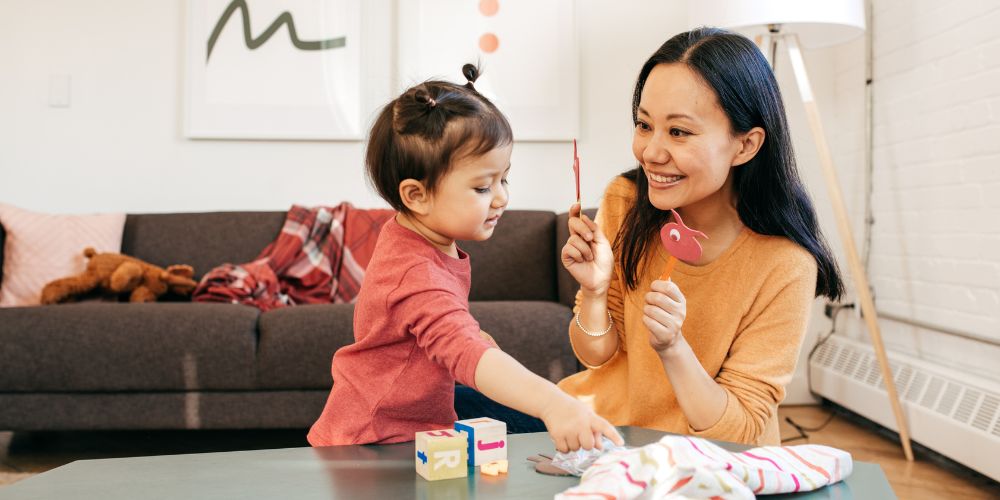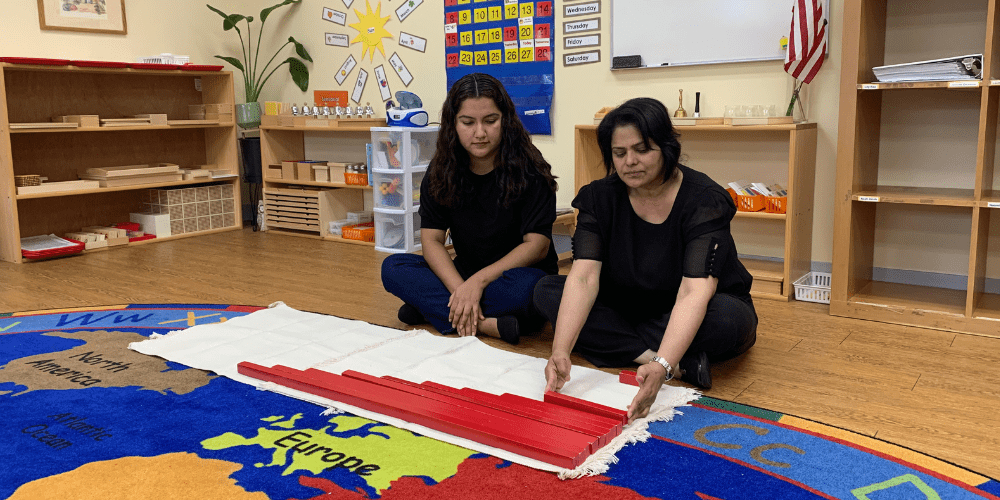Screen Time Tips for Montessori Parents
In today’s digital age, screens are everywhere—from tablets in toddler hands to smartboards and interactive displays at the grocery store. Many parents wonder how to guide their children in developing a healthy relationship with technology while balancing real-world experiences. The American Academy of Pediatrics (AAP) suggests limiting screen time to one to two hours per day for children and teens, with no screen time at all for children under two years old. But how can families and preschool or daycare providers practically approach these recommendations while embracing a mindful, Montessori-inspired philosophy?
Screens at School
What about Screens at Home?
- Educational Content: Watching a slow-paced nature documentary together and discussing the content, following a guided drawing video, or seeing a short film on how something is made which can spark curiosity and lead to thoughtful discussions.
- Co-Watching & Conversation: Viewing media alongside children encourages active learning and strengthens vocabulary and comprehension skills through meaningful conversation. Instead of passive screen time, it becomes a shared family experience with supervision and accountability built in.
- Screen-Free Spaces & Times: Families may choose to keep screens out of bedrooms or establish tech-free mealtimes as a healthy shared habit to prioritize rest and connection.
Teaching Healthy Tech Habits
Of course, implementing intentional screen time won’t magically happen overnight. Helping children develop a balanced relationship with technology requires deliberate choices and consistent boundaries. While it may seem daunting at first, there are many screen-free activities already embedded in common daily and weekly routines!
Here’s how parents can guide their children effectively:
- Model the Behavior You Want to See – Children observe and mirror adult behavior. If parents are always glued to their phones, kids will follow suit. Instead of scrolling while bored, try engaging your child in some of the alternate screen-free or screen limited activities listed below!
- Screen-free activities
- Practical life: care for houseplants, sweep the kitchen, set the table, prepare food (pouring, transferring, etc)
- Sensorial: feel different fabrics while folding laundry, sort toys by color or size, listen to different types of music, identify different smells while cooking or while in the garden
- Language: read books together, list rhyming words, share stories as you each discuss the highs and lows of your day, make cards and write letters to friends or loved ones
- Mathematics: count items around the house, practice fractions while cooking, create patterns using small household items
- Cultural: complete a puzzle of a historical monument, look at family photographs, create an arts and crafts project, go on a nature walk in the neighborhood
- Screen-free activities
- Intentional Screen-limited activities
- Practical Life: look up a new recipe online and make it together
- Sensorial: follow-along with a dance tutorial
- Language: call, email, or video call a friend or family member
- Mathematics: watch short number songs that count forward or backward (e.g., “5 Little Ducks” or “Counting by 10s”).
- Cultural: take pictures around the house or neighborhood, listen to music from another country or region
- Establish Family Rules Together – Every family has different needs, but setting clear screen time boundaries together helps create shared accountability. Include your children as you decide what works best and what times and spaces screens will be allowed and when they won’t: knowing what to expect can help prevent frustrations, and you just might be surprised at what they come up with when offered the opportunity to be part of the process!
Ultimately, the goal isn’t just limiting screen time, but empowering children to interact with technology in a way that fosters independence, curiosity, and engagement. In the end, when it comes to screen time, freedom within limits (the Montessori way!) is the healthiest approach for everyone.
Discover how Montessori education can support your child’s development and learning at Maryland’s trusted Children’s Manor and Magnet Montessori schools. Schedule a tour at CMMS today! With 10 convenient Montessori preschool and daycare locations across Maryland—including Baltimore County, Harford County, Howard County, and Montgomery County—you’re sure to find a Montessori school near you that fits your family’s needs.





